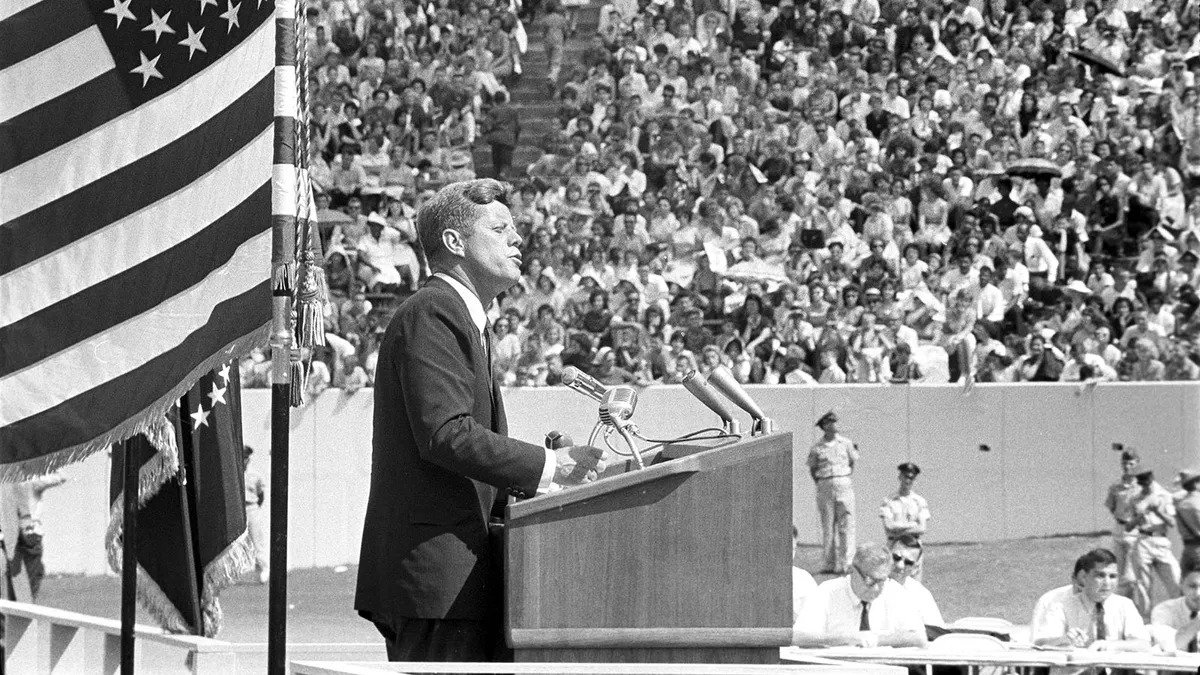Had Sir William Howe fortified the Hills round Boston, he could not have been disgracefully driven from it: had he pursued his Victory at Long Island, he had ended the Rebellion: Had he landed above the lines at New York, not a Man could have escaped him: Had he fought the Americans at the Brunx, he was sure of Victory: had he cooperated with the N. Army, he had saved it, or had he gone to Philadelphia by land, he had ruined Mr. Washington and his Forces: But as he did none of these things, had he gone to ye D———l before he was sent to America, it had been a saving of infamy to himself and of indelible dishonour to this country.”

